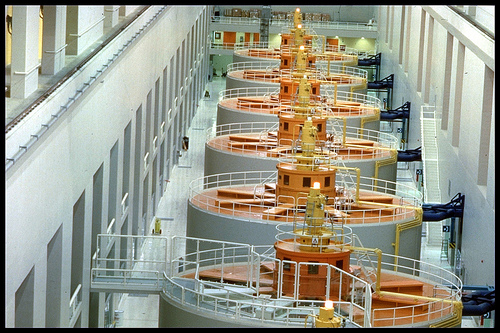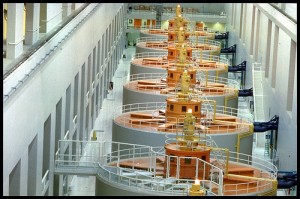
U.S. Critical Infrastructure Protection is Paramount
Last week at the Center for Strategic & International Studies (CSIS), CSIS’s Homeland Security and Counterterrorism Program hosted Dr. Dane S. Egil, a Senior Advisor for National Security Strategies at Johns Hopkins University Applied Physics Laboratory.
Egil’s, “Beyond the Storms: Strengthening Homeland Security and Disaster Management to Achieve Resilience“, provides the foundation for critical infrastructure protection at the structural, informational, and policy level.
Egil stated that the current state of the world is governed by highly complex systems – maritime trade, global supply chains, informational highways – which inherently contain a large degree of uncertainty given their interdependence. As a result, this degree of uncertainty can, and has had significant effects on our critical infrastructure. Citing Hurricane Katrina, Sandy and 9/11 as examples of “Black Swan” events (low probability/high impact events) created through complex interactions.
Egil pointed out, whether it is natural or human disasters, the systems in which we are dependent on for our livelihoods are in constant threat. And paradoxically, provided these threats are becoming more frequent, a paradigm shift in how we allocate our federal, state and municipal resources for protecting our critical infrastructure is essential for circumventing these otherwise inevitable events.
For Egil, critical infrastructure protection is found in operationalizing resilience. Resilience for Egil is not rebuilding what was, but rather rebuilding our infrastructure to a degree in which weaknesses previously exploited are eliminated. With precipitating threats from non-state actors armed with hi-tech devices, uncertain future weather patterns, and state advancements in cyber weaponry threatening our national security, the increased likelihood of a black swan event is no longer a question of ‘if’, but rather ‘when’.







I nearly fell out of my chair laughing when I saw this. I in 1997 I was very active in Critical Infrastructure Protection at CIWARS (no longer exists). It has been 16 years and nothing has been done except for FERC but that is about it. The US is more vulnerable than ever. Its infrastructure is in total shambles. The US now needs close to one trillion dollars to bring its infrastructure forward and now it faces another major overhaul from Climate Change. We have vulnerabilities that could be exploited and we remain fixated on other things. The only good news is that we have not developed an enemy that is interested, yet, in striking where the real damage can be done. With this current Congress I doubt anything will be done. Lets hope our enemies never understand how vulnerable we are.